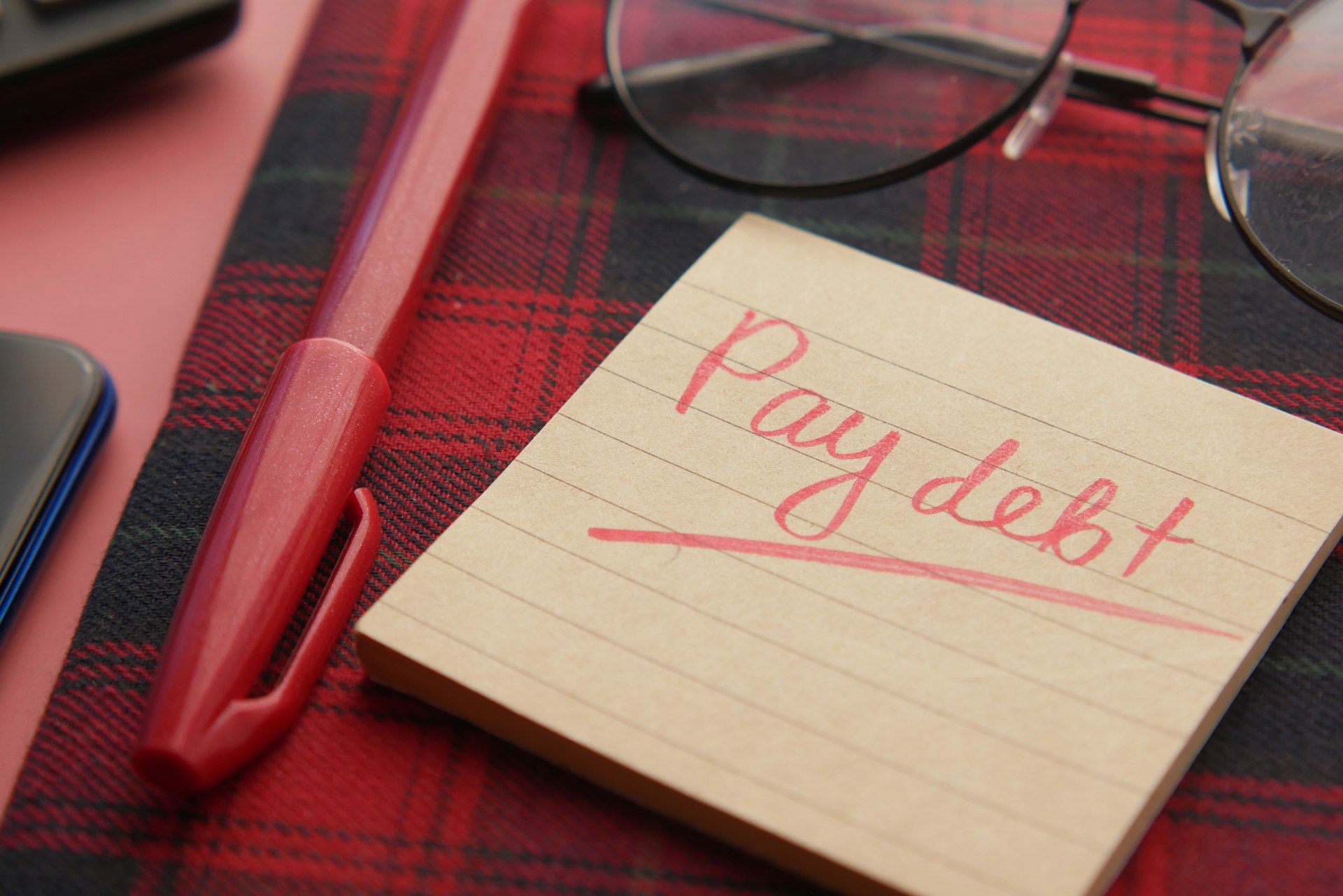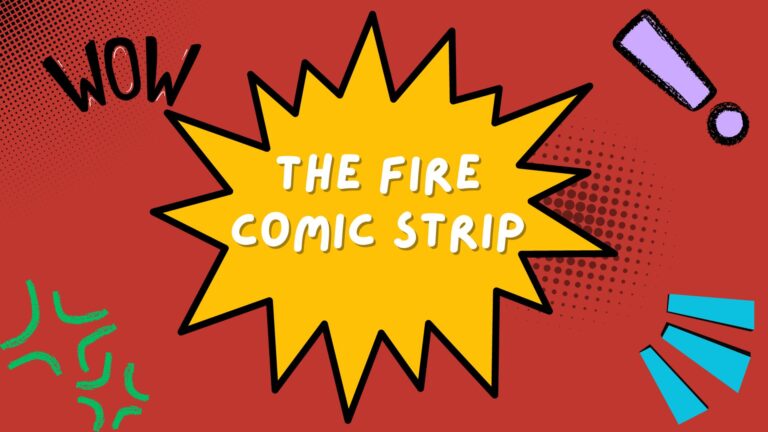From Debt to FIRE: Financial Strategies for Wealth Growth
Loans are the financial leashes of adulthood. Want to buy a house and don’t have enough money? Get a loan. Want to buy a car and don’t have enough money? Get a loan. Getting a loan seems like a breezy option and the only way out in some situations when one wants to improve their standard of living. In theory, loans can act as crutches in a financial crunch. You think that in 10 years, this loan will be paid and life will be a dream. However, the reality is much harsher than this fairytale created by banks and financial institutions. People start living paycheck to paycheck. The lifestyles of many individuals drastically drop. Grocery lists shorten to basic needs, leisure outings decrease, and sometimes side hustles are picked to cope with the stress of Ozempic piggy banks.
If you’re in debt, reaching financial independence and retiring early (FIRE) could seem like a far-off goal. Nonetheless, you can improve your financial circumstances and build long-term wealth with the correct tactics and self-control. This approach entails decreasing debt, building investments, and adopting wise money habits to reach financial freedom.
If you are unaware of FIRE, in simple terms, it is a financial movement that focuses on saving aggressively, investing wisely, and living frugally to achieve financial independence much earlier than the traditional retirement age. This concept does not stop here. It branches out into variety of sub-categories such as Lean FIRE, Fat FIRE, Coast FIRE, Barista FIRE, Digital Nomad FIRE, Chubby FIRE and many more. Regardless of which FIRE path you pursue, eliminating debt is a crucial first step in building financial security.
Assess Your Financial Situation
Before you pump up yourself and start running towards you FIRE goal like a moth to a flame, it is essential that you are in touch with your reality, that is, how full are your pockets exactly.
- Enumerating every debt, including mortgages, credit cards, student loans, and auto loans.
- Determining interest rates and giving high-interest debtors priority.
- Figuring up your net worth by subtracting your obligations from your assets.
- Examine your monthly budget to find any wasteful spending.
Once you jot it down on a whiteboard, you can formulate a debt repayment strategy. (Disclaimer: Whiteboards are unnecessary. They only play a vital role in making you look cool.)
Implementing a Debt Payoff Strategy
Paying off debt is essential for financial independence. There are two most common methods for debt repayment which are the Snowball Method and Avalanche Method.
The Snowball Method says to pay off the smallest debts first, while making minimum payments on larger ones. Once a small debt is eliminated, the money is rolled into the next-smallest debt, creating momentum. This will keep you afloat money-wise and give you just enough freedom for expenditure.
The Avalanche Method focuses on paying off the debt with the highest interest rate first, reducing the overall amount of interest paid over time. This method is only doable if you win the lottery and/or have a sudden inheritance of great assets.
However, we shall assume that you are poor and go with the winter-issue ways of debt payment. The key is to stay consistent and avoid taking on new debt.
Building an Emergency Fund

Financial setbacks from unforeseen costs, such as medical bills or job loss, are avoided with an emergency fund. In a high-yield savings account, try to save at least three to six months’ worth of living costs. This fund guarantees that you won’t need loans or credit cards while you’re in financial trouble. This set of assets is your true friend in need in disastrous situations.
Cutting Expenses and Increasing Income
Now, you may still wonder that if you align your spending in a more disciplined manner, there must be other means where your money is blindly being drained. To tackle this wastage, incorporate these strategies and save even more than before.
- Eliminate unnecessary subscriptions (e.g., streaming services, gym memberships you don’t use).
- Cook at home instead of dining out.
- Negotiate bills like insurance, phone plans, and internet.
- Use public transportation or carpool to save on fuel and maintenance costs.
- Adopt minimalism and prioritize needs over wants.
On the surface, these things may seem useless. But mind you, they make a huge impact in your lifestyle. Plus they push you to have a deeper sense of community and become more eco-friendly which is always a brownie point to being a better person.
While decreasing debt is great, increasing your income accelerates your debt payoff and investment growth. This will put you on an upward path to achieving FIRE.
- Negotiating a higher salary at your current job. Although, this should be done precariously. This is only advised if your boss doesn’t hate you or if you are a woman.
- Starting a side hustle (freelancing, tutoring, e-commerce, or gig economy work).
- Investing in skills that lead to higher-paying career opportunities.
- Creating passive income streams such as dividends, rental properties, or digital products.
Having a side hustle could always bring in extra cash, which is great, and you find new aspects of yourself. Growth as an individual is a crucial part of the journey of oneself.
Investing for Wealth Growth
Once your debt curbs down, you should direct yourself towards investing. I don’t mean to sound like an alpha boy or whatever, it is that they call themselves, but investing is a healthy financial habit. Investing is the next key step toward FIRE. The earlier you invest, the more you benefit from compound interest.
Key Investment Vehicles:
Investing in the stock market
- Index funds for long-term, inexpensive diversification (e.g., S&P 500 ETFs).
- For passive income, consider dividend stocks.
Accounts for retirement
- Make the most of tax-advantaged accounts, such as IRAs and 401(k)s.
- Benefit from employer-matched contributions.
Property
- Long-term appreciation and passive income are produced by rental properties.
- Real estate exposure without the difficulties of property management is provided by REITs (Real Estate Investment Trusts).
Other types of investments
- Bonds, bitcoin, and peer-to-peer lending (for individuals with a higher risk tolerance).
Automating Finances and Staying Consistent

To stay on track with financial goals:
- Automate bill payments to avoid late fees.
- Set up automatic transfers to savings and investment accounts.
- Review finances regularly to ensure progress.
- Avoid lifestyle inflation by keeping expenses in check even as income increases.
Transitioning to FIRE
Welcome to level FIRE. You are here finally. You can move to early retirement after your investments provide enough passive income to pay for living expenses. Some ways in which you can identify that you are in the green are:
- Your portfolio covers 25x your annual expenses (following the 4% withdrawal rule).
- You have multiple income streams (dividends, rental income, business revenue).
- You’ve planned for healthcare, taxes, and potential market downturns.
Conclusion
Following FIRE is not everyone’s piece of cake. It requires a lot of patience, as it is a strenuous task that can only provide any gains after years of dedication towards it. By eliminating debt, cutting expenses, increasing income, and investing wisely, you can achieve financial independence and retire early. If you truly believe in yourself and plan to live the life Rupert Holmes talks about in his song ‘The Piña Colada Song’, then FIRE is the road to drive along. I urge each one of you to start this journey today, and soon the future you will be dapping up.








